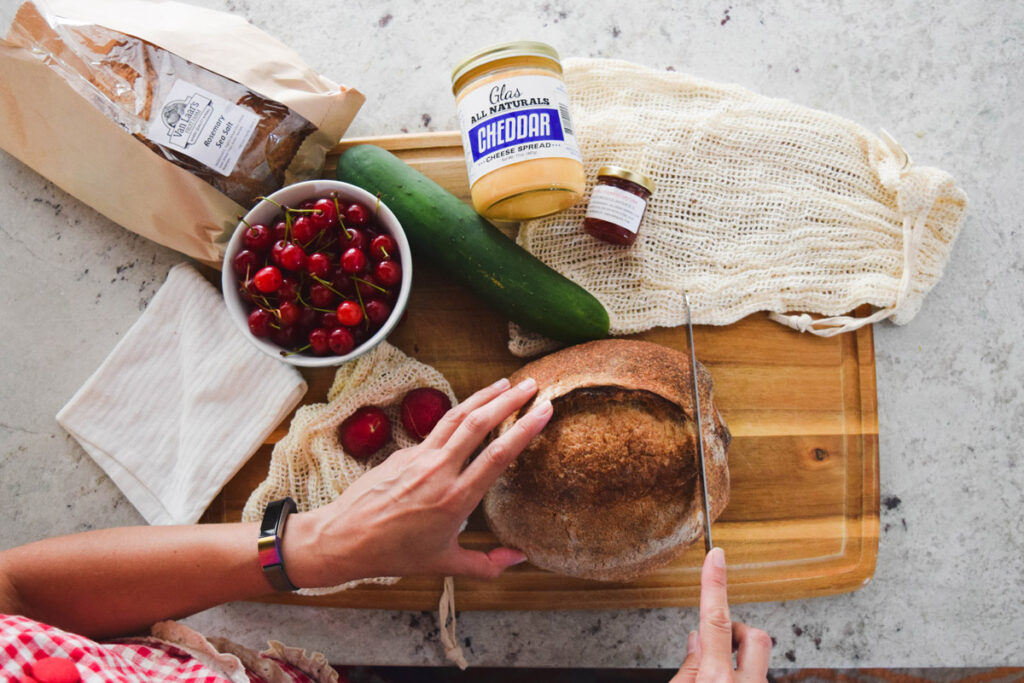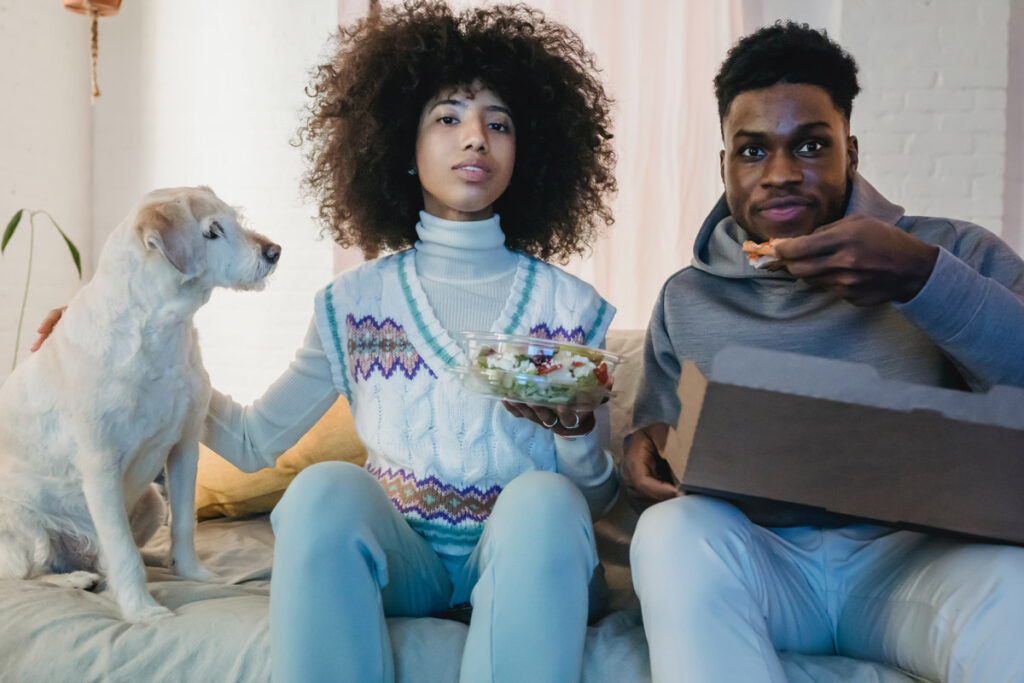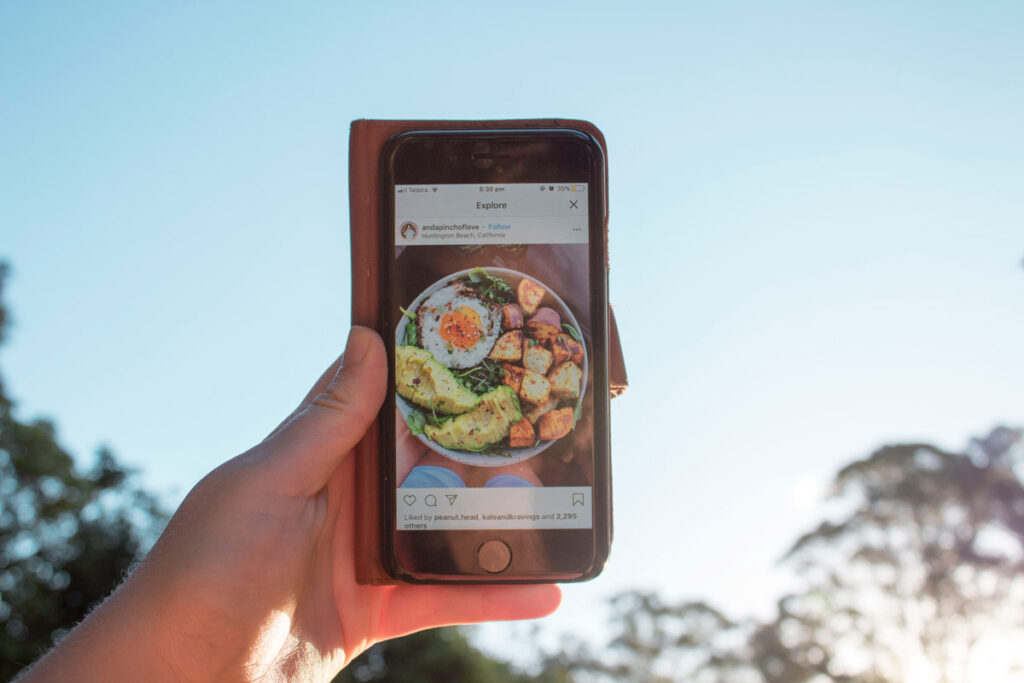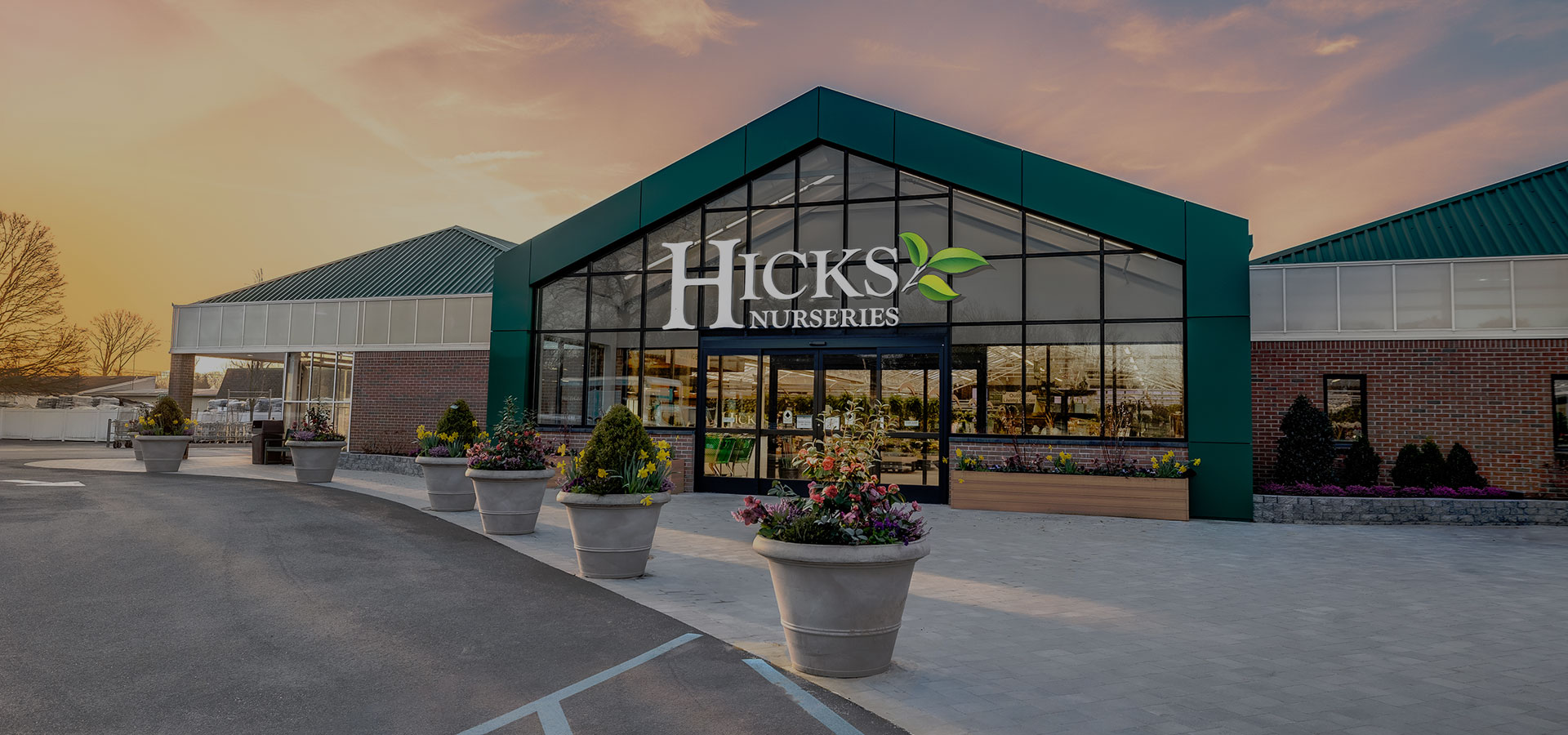If you’ve made a sushi bake, corn ribs, cloud bread, or that TikTok-famous baked feta pasta, you’ve likely been inspired by a viral food trend—and you are in good company. TikTok is the place to be – not only is it the most popular social platform at the moment, with more than 65 million U.S. users spending an average of 30 minutes a day on the platform, but it has the highest engagement rate – well over five times the other social media platforms. And food categories have three times the engagement of other categories.
A convergence of economic, societal, and technological factors has created a significant shift in the food industry and in restaurant trends. Restaurants used to create the trends, but now, they are responding to them. As restaurants work to keep up with consumer tastes, more trend-inspired dishes are showing up on menus from coast to coast.
What are the social media trends driving food industry and restaurant trends? And what caused the influence shift so that social trends are the drivers of what’s hot, instead of restaurants? Was it the pandemic? The economy? TikTok? Read on as we take a closer look at this new phenomenon.

The Pandemic Got Us Cooking
While it may have been a necessity in the early stages of the pandemic, an April 2020 Hunter PR report indicates that Americans were not only cooking more, but cooking confidence was measurably higher. Increased time in the kitchen “sparked a joy of cooking.” This newfound confidence led to Americans becoming “more adventurous in the kitchen, discovering new ingredients, brands and products, and rediscovering old favorites.”
Cooking, during the pandemic, became a way to spend time with family, focus on health and comfort, and fill the time that was suddenly available when everything, including restaurants, closed. In a follow-up study conducted in December 2020, Hunter revealed that the rediscovery of the joy of cooking has continued, with more Americans saying they planned to keep cooking more at home. The reasons given were to save money, eat healthier, and to feel good. However, as restaurants have reopened and consumers seek pre-pandemic normalcy, they are returning to restaurants.
"While consumers still enjoy the luxury and experience of eating away from home, increasing their skills in the kitchen has helped them improve their wellbeing and reduce stress as well as provide entertainment and a sense of accomplishment in a still-challenging time. Cooking at home is here to stay, but consumers want the same great taste that they search for at restaurants, straight from their own kitchen."
- FONA
Doing More with Less
The pandemic may have pushed consumers back into the kitchen, but their meal inspiration comes from social media.
“Sleepy Chicken” (chicken cooked in Nyquil) notwithstanding, there have been some significant influences from social media that are changing home cooking. In a major shift, TikTok is influencing what restaurants serve. Have a look at the numbers.
Early in the pandemic, trendy recipes, like whipped coffee, swept the social media platform. Two years later, viral (and simple) recipes, such as one-pan feta pasta and spicy sriracha mayo salmon rice bowls, continue to garner major interest from users, as seen below:
- #whippedcoffee – 2.4 billion Views
- #fetapasta – 1.1 billion Views
- #salmonricebowl – 70.3 million Views
And now, TikTok has jumped directly into the restaurant business, with plans to open approximately 1,000 ghost kitchens in the U.S. by the end of 2022. Using recipes from popular TikTok videos, they’ll prepare the actual dishes that users can order, including baked feta pasta and corn ribs, along with the immensely popular pasta chips. Their goal is to have a rotating menu that continues to feature foods and meals that trend on the platform.

Restaurants have adapted to these viral trends to bring diners into their restaurants, and it’s working. For example, Olive Garden has added Loaded Pasta Chips to its menu. With diners more apt to try international and exotic flavors after getting more familiar with them in their own homes and online, restaurants are introducing more international dishes. Flavor trends are evolving thanks to social influence, with island flavors, spicy foods, exotic flavors, and international foods playing a larger role in everyday cooking and on restaurant menus.
As restaurants experience success adapting to consumer-driven trends, they are also using TikTok to engage customers and shift back to creating the trends instead of responding to them. These seven food companies are using TikTok to engage their audiences with fun, visual, and enticing video.
Restaurants have also learned the power of the influencer. A good review from an influencer on TikTok can drive business through the doors. In this Washington Post article, Aba Kwawu, President of TAA Public Relations explained, “Restaurants have grown to like the social media [marketing] space more. It’s not just pretty. It is now core to business.”

What Makes A Food Trend?
Food industry product developers and restaurant owners can leverage viral trends to provide the right kind of menu to attract customers. From adding menu items that reflect popular trends to partnering with social media influencers, restaurants have an opportunity to use social media to attract new and younger audiences to their restaurants.
But what makes a recipe go viral? Does it have to be easy? Have accessible ingredients? Use common foods in new ways? Add interesting flavors to regular foods?
Many food trends start as TikTok challenges or recipe hacks that make cooking at home easier. Other trends happen because they appeal to nostalgia – comfort foods with a twist. But pop culture also has a huge influence on developing food trends. Since the 2019 film Parasite took the world by storm and had everyone learning how to say jjapaguri, to Squid Games Dalgona candy challenges, pop culture fuels consumer desire for new and different menu options.
"For TikTok creators and lurkers alike, not only does the food matter, but so does that food's uniqueness. The study found 55% visited a restaurant from TikTok simply because the food looked appetizing, but 51% visited because of a unique menu item.”
- MGH
Social media is influencing people to try new foods, cook new recipes and expand their palates with an increase in multicultural fare they may not have had access to previously. To remain competitive, the restaurant industry must capitalize on social trends to keep their pulse on the consumer of today, while using the platforms to drive trends and engage more effectively with their customers.





